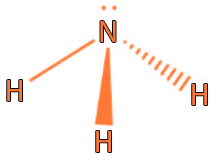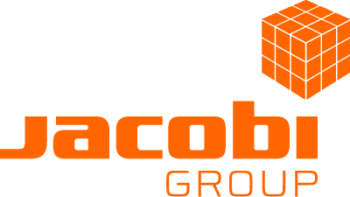Introduction
Ammonia (NH₃) is a colourless, low molecular weight gas with the chemical formula NH₃ (See figure 1). It has a pungent smell, often associated with strong household cleaners. Ammonia (NH₃) is lighter than air but can be easily condensed to a liquid due to strong hydrogen bonding between the ammonia molecules (hydrogen bonding is what gives water its unique properties). It is used and produced in a wide variety of industries, with the largest consumption of ammonia used in the production of food, fertilisers and pharmaceuticals.

Figure 1: Chemical structure of ammonia
Impregnated activated carbon for ammonia (NH₃) removal
Generation of gaseous ammonia (NH₃) in industry can be treated with a suitable impregnated activated carbon. Impregnated activated carbons neutralise the caustic nature of ammonia (NH₃), using simple acid/base chemistry and store the final reaction product in the pore structure of the activated carbon.
Impregnated activated carbons are more effective at removing ammonia (NH₃) than standard activated carbons, as the high kinetic energy of the ammonia molecules means there is a lack of attraction to adsorption sites. By impregnating the carbon, these issues are removed as the ammonia (NH₃) is trapped by reaction to form a salt and retained by the carbon surface in a reacted state.
The standard impregnated activated carbon for ammonia removal is AddSorb™ VB1. Please contact the Jacobi Group if you need more information on AddSorb™ VB1 or other alternative grades for ammonia (NH₃) removal from air for a specific application.
Mobile and fixed filters
Jacobi Services offers a wide range of EcoFlow™ filters for removing ammonia (NH₃) from air. For advice on the most suitable filter for your application, contact the Jacobi Services team.


